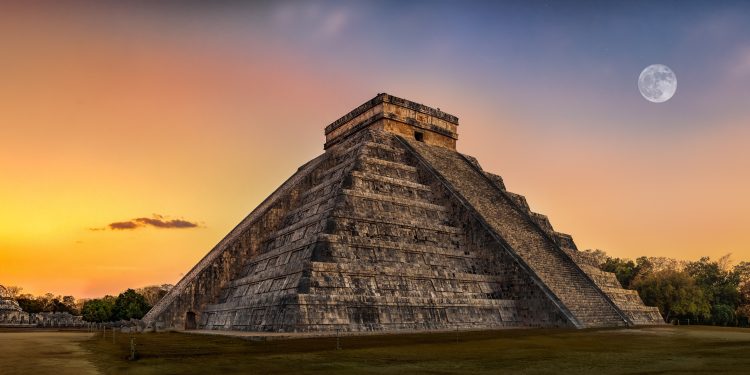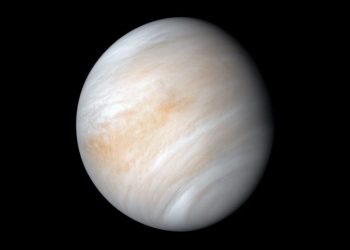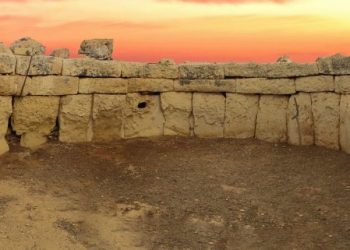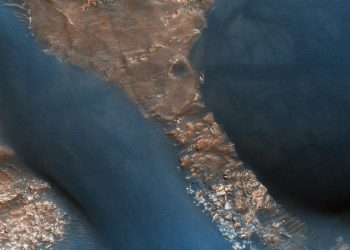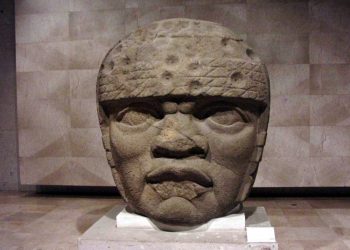Hidden beneath the lush green canopy, in the northwestern part of the isthmus of North America, is a lost world of ancient Maya.
More than 4000 years old civilization, the ancient Maya is known for their vast knowledge of architecture, agriculture, hieroglyphic writing, and their very advanced calendar system.
They were fearsome warriors and dominated most of Central and North America. Their advanced knowledge of math, agriculture, and astronomy, coupled with brutal war tactics, made them unconquerable. It seemed that nothing could ever stop their majestic empire, but somehow, around 950 AD, this whole civilization vanished?
Was it a disease, a social revolution, consecutive droughts leading to famine, foreign invaders, over-population, misuse of natural resources, obstruction in trade routes with other civilizations, or earthquakes?
No one knows for sure, but all of these reasons are presented as a possible cause for the evanesce of Maya cities.
Climate Change
Perhaps one of the most theorized reasons for the Maya civilization’s disappearance is the drought brought about by climate changes.
Tikal, the largest city of the Maya civilization, is in the middle of a rainforest. It is surrounded by a high forest where parrots fly in and out among the treetops while occasional rainstorms are always at the corner.
So today, it’s kind of hard to convince someone that there was a terrible drought that wiped out the entire civilization.
However, recent studies reveal that sediment at the bottom of Lake Chichancanab provides evidence of prolonged periods of low rainfall for over more than 100 years, from 800 to 1,000 A.D.
Another reason could be excessive wood cutting for construction, which may have contributed to deforestation, causing an enigmatic change in climate, leading to less rainfall and droughts.
The crops were destroyed because of a lack of rain, especially during the summer, leading to severe food shortages.
Over Population
According to an estimate, the Maya civilization peaked at around 2 million in population in about 800 A.D.
Some studies suggest that they probably overused their natural deposits. As their population increased, they needed more woods for their houses, cargo, trading, and construction.
It is assumed that by the end of the ninth century, the Mayans had consumed the natural environment around them to such an extent that it had become deficient in supporting its large number of inhabitants.
Warfare and Foreign Invasion
The Mayans were tactical warriors. They had built impressive fortifications around some of their cities, e.g., Seibal and Tikal, which kept them relatively secure from invasion by other Mesoamerican peoples. So, there is only a little value in the notion of foreign invasion.
Perhaps the warfare between the city-states for territorial dominance or competition for resources could have initiated the widespread destruction of Maya cities.
Earthquakes?
Seismologists from Standford University, studying ancient earthquakes, believe that five earthquakes hit the Mesoamerican region in the late 9th century.
The earthquakes were of a magnitude of 7.5 to 7.9. However, there is little archaeological evidence that shows any such damage to Maya buildings or any other architecture
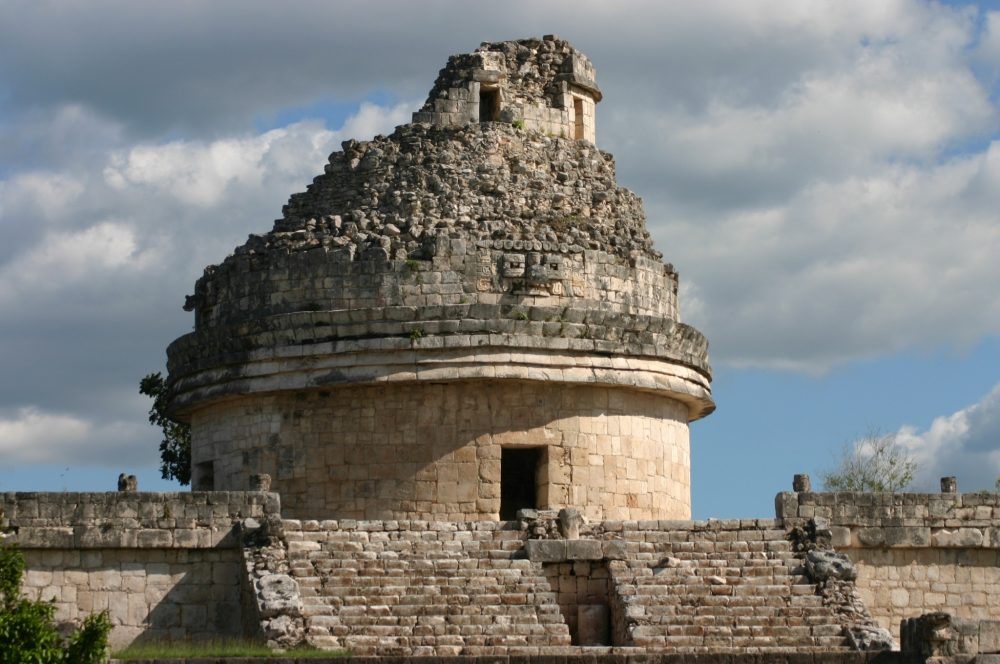
Disruption in trade
According to some anthropologists and archeologists, the Mayans used volcanic glass (obsidian) for cutting purposes due to its sharp edges. This was because they lacked sharp metal tools.
Obsidian was one of the precious instruments of society. They started trading it outside their community in exchange for some other goods. So, eventually, the valuables of the civilization began slipping away from them.
Coincidently, at the same time, the overland routes for trade majorly shifted with sea-based expeditions. So, being located in an inland area, they were disconnected from many other civilizations who used to pass them on their journey.
Social-Political Unrest
Unlike the Roman empire, the Maya civilization was not unified into a single state. Instead, the ancient Maya had their kings and priests rule them. They lived in several independent cities with rural communities and large urban ceremonial centers.
While these cities shared similar cultures and religions, they had their local kings ruling them, some more powerful than the others.
As the drought prolonged, many believe that the agricultural productivity decreased, and the political strife intensified. In addition, wide-scale hunger led to frustrations and resentments among the general population against the kings.
As a consequence, civil war ensued, resulting in causalities and migrations.
Many argue that it wasn’t the Mayan society, but its political system collapsed. This is accentuated by the fact that around six million Mayans live in Central America and across the globe.
Poisoning of Water Reservoirs
A new study of Tikal’s (Maya’s largest city) water reservoirs reveals severe contamination of the city’s drinking water due to mercury and toxic algae.
This supposedly happened during the same period when the civilization was going through a dry spell.
This conversion of drinking water from life-sustaining to sickness-inducing may have helped bring about the abandonment of this city.
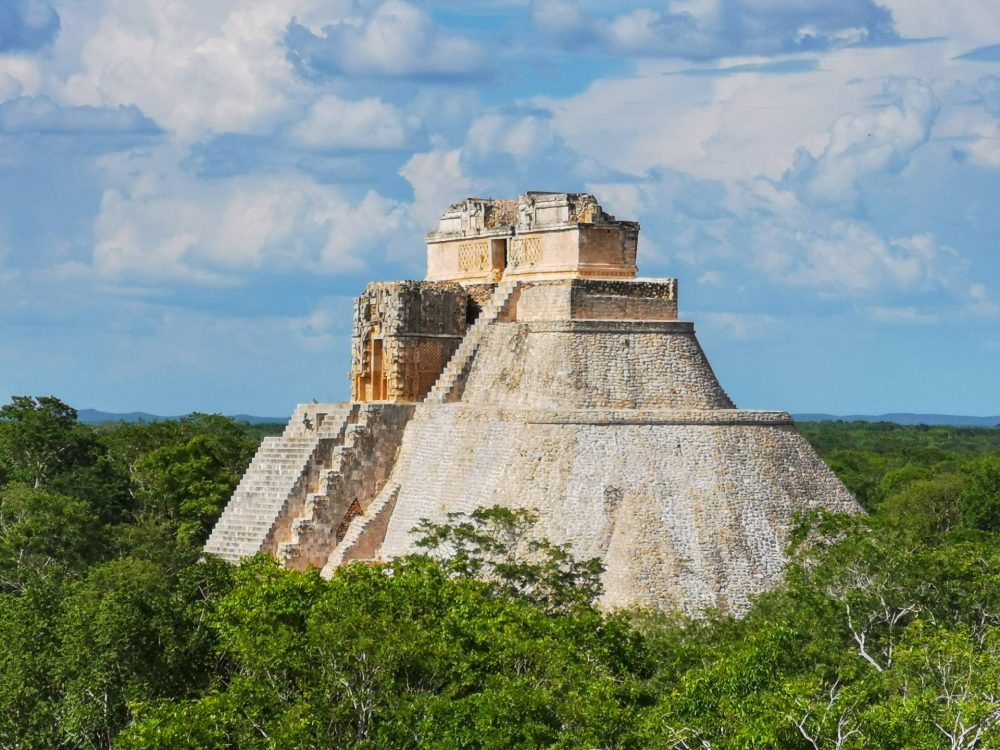
The Secret Maya Hieroglyphic Writing
Until the mid-20th century, most of their hieroglyphic writing was not deciphered apart from some numbers and dates.
This writing system is so complex that a single letter or sign could represent a logogram. However, there were some letters that researchers thought could be a logogram but were still unable to decode.
However, recently a hieroglyphic on a stair of a pyramid has been translated, and there is evidence that the two Maya cities were struggling with a brutal superpower conflict. The discovery of the glyphs is reported in the October 2002 issue of National Geographic magazine.
The writing reveals that there was a struggle to unify Maya civilization into a single empire, but that didn’t happen. Instead, petty warfare was pursued, leading to the disintegration of the whole civilization.
The Mayan Calendar Predicted End of the World?
December 21, 2012, was the last time people worldwide thought the world might end.
This theory was based on a supposed Mayan prophecy that proclaimed an Armageddon was coming at the end of the 13th baktun of the Mayan calendar.
However, once the supposed date of this Armageddon had passed, many of the doomsday conspiracies quickly faded from memory.
Though for some, many questions remained unanswered. Had the Mayans made a mistake? Had their science been flawed, or was it our own science that failed us in the Maya?
According to Dr. John Carlson, director of the Center for Archaeoastronomy, it was all a misconception from the very beginning.
Just like the calendar on our wall does not end on December 31, the same is true for Mayan Calendar. The prophesized date was just the end of the Mayan long-count period.
Religion
They were highly superstitious and spiritual people. They were polytheists and believed that each God had control over a specific area, and everyone was watching over them for different purposes.
The Maya believed that God chose their Kings, and they worked as an intermediary between the people and the gods.
This relationship between the Kings and Gods created more political problems and caused people to lose trust in their leaders when socio-economic issues surfaced.
According to many, this could have led to internal strife and a possible civil war, bringing about the end of the Maya civilization.
Maya civilization may have gone extinct thousands of years ago, but their descendants still live in Central America and Mexico. What happened to their ancestors and deserted pyramids will always remain a mystery.
Join the discussion and participate in awesome giveaways in our mobile Telegram group. Join Curiosmos on Telegram Today. t.me/Curiosmos



